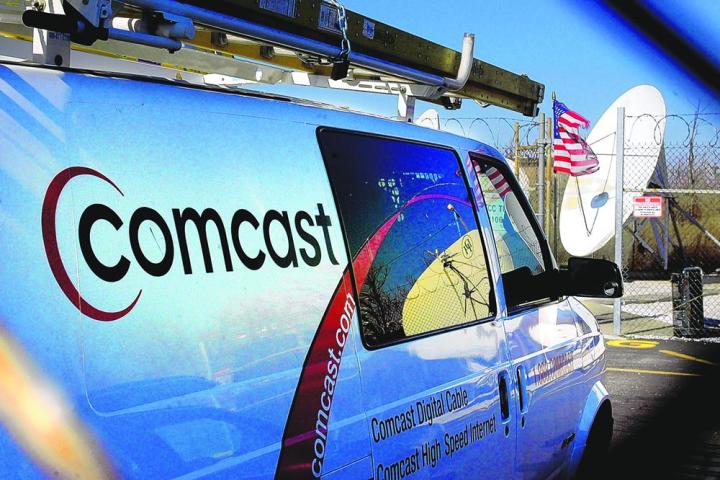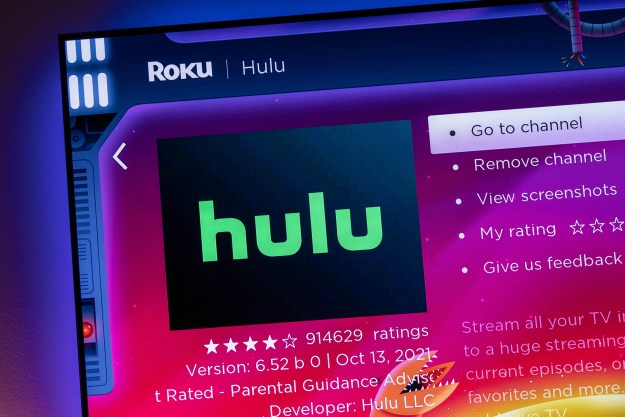
By now, everyone is probably aware of the increasingly dramatic crisis that TV broadcasters are finding themselves in, as well as the resulting mergers and acquisitions that continue to reshape the TV landscape. Behind the scenes, operators are scrambling to slow the blood-loss caused by telco IPTV providers, over-the-top (OTT) providers and consumer electronics companies (Netflix, Amazon, Apple, etc.) that subvert progress and divert profits.
Infonetics Research has released excerpts from a recent survey (“Multiscreen TV Service Strategies and Vendor Leadership: Global Service Provider Survey”) that indicate two major new strategies in making multi-screen a casual reality: new equipment and new negotiations.
Jeff Heynen, principal analyst for broadband access and pay-TV at Infonetics, says, “Operators are simultaneously grappling with how to address the desire among subscribers to take their content with them wherever they go, whenever they go. The net result is a major change in what equipment operators [are investing] in to ingest, encode, transcode, and play out video content, as well as how they negotiate with content owners for the right to distribute content across multiple formats.”
Some of the highlights from the survey include:
- Convergence (between smartphones, tablets and connected TVs) in the living room has increased the popularity of value-added services like second-screen apps and enhanced DVR capabilities.
- The tablet has become the default second screen for most pay-TV providers: 47 percent of respondent operators listed tablets as part of their multi-screen service now (projected to grow to 89 percent by 2015).
- Because multi-screen is still a relatively new service offering for a lot of pay-TV operators, it’s become more and more necessary for multi-screen equipment vendors to demonstrate the reliability of their products and support their customers.
The 35-page study stems from Infonetics’ interviews with purchase-decision makers at incumbent, competitive and independent wireless operators from North America, EMEA and Asia Pacific — the interviews focused on their plans for delivering multi-screen video.
If you want to take a look through the densely packed survey yourself, you can contact Infonetics to purchase your own copy. Meanwhile, operators continue to furiously close the ever-widening gap…
Editors' Recommendations
- YouTube TV laps the competition with 8 million subscribers
- TV brightness wars: how bright does your TV need to be?
- How to buy LG’s Star Wars ultra-limited-edition C2 OLED TV (and how much it costs)
- Samsung Display’s QD-OLED TV first look: Best. Picture. Ever.
- A first look at Google Stadia on an LG CX OLED TV


